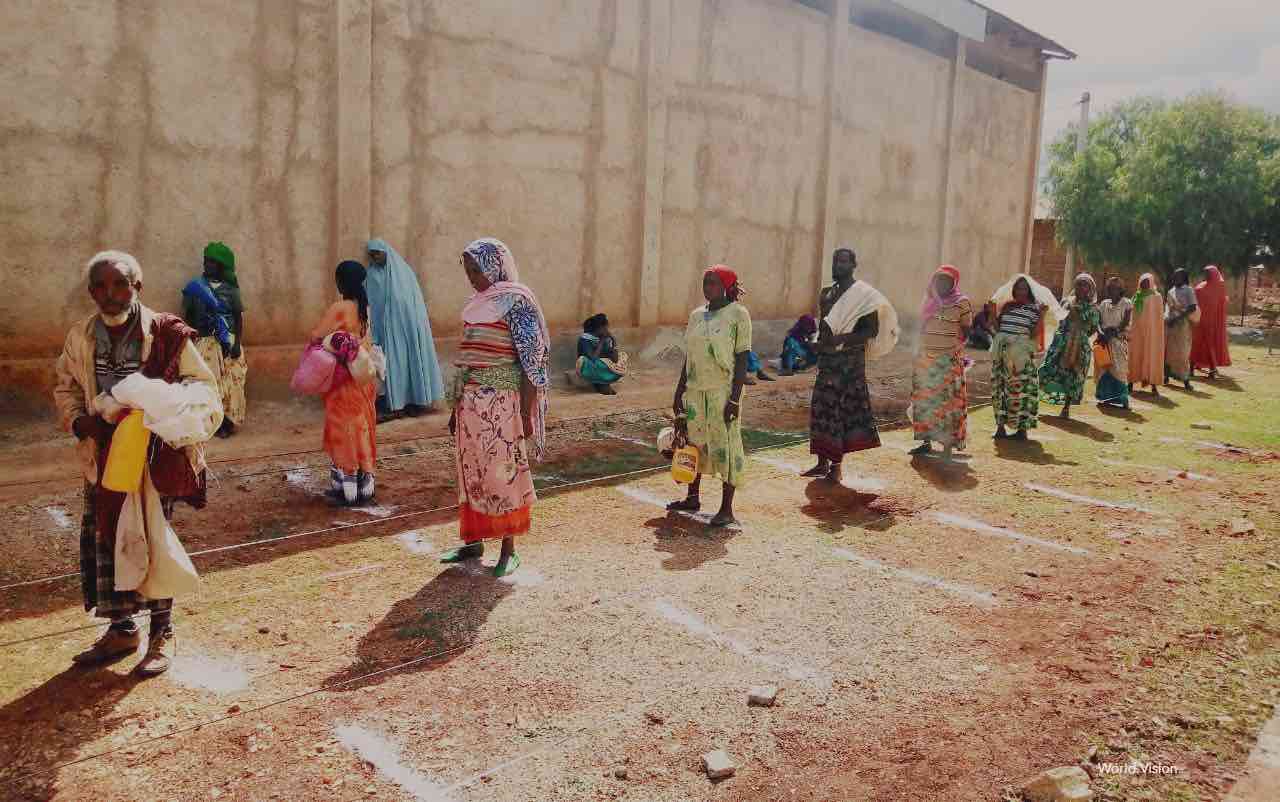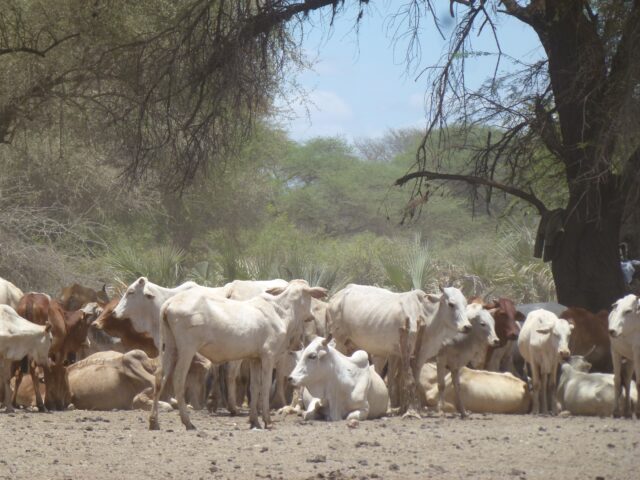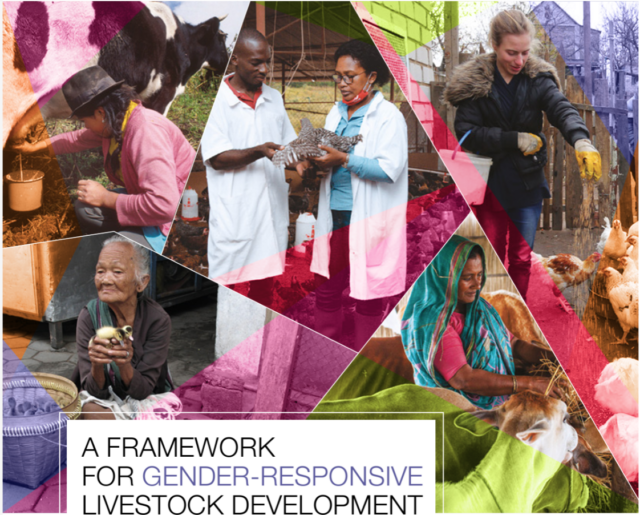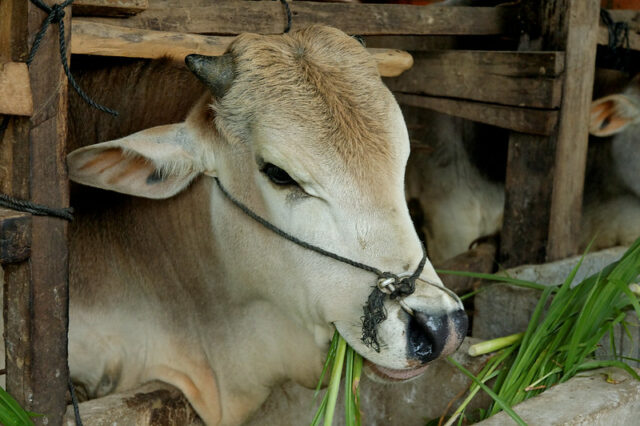
The poor and other vulnerable groups are suffering the most negative consequences from the COVID-19 pandemic. In response, many governments are rapidly expanding social protection programs. Dan Gilligan describes why safety nets are essential tools in this global emergency, and provides specific recommendations on how these programs can be adapted and implemented to increase their immediate effectiveness—and provide a bridge to faster recovery of households, communities, and national economies.—John McDermott, series co-editor and Director, CGIAR Research Program on Agriculture for Nutrition and Health (A4NH).
The twin health and economic shocks of the COVID-19 pandemic are staggering in their breadth and scale. While the disease arrived later and has spread more slowly in many low- and middle-income countries, COVID-19 is threatening the lives and long-term livelihoods of millions of poor people, and could push an additional 140 million into extreme poverty.
We know from past crises that while an economic shock’s impacts may vary across the income distribution, the poor face a multitude of vulnerabilities to the pandemic’s effects. In many places, the poor are more likely to have underlying or untreated health conditions (such as hypertension, diabetes, vitamin D deficiency) which raises the risk of serious illness if they are exposed. Poor households are also more likely to cope with income loss by selling productive assets or undertaking work that is either inherently riskier (e.g., construction or sex work) or increases their risk of coronavirus exposure. Their children may also be less likely to return to schools upon reopening, permanently reducing their earning potential. These factors leave the poor even more vulnerable to additional impending shocks, like desert locusts in the horn of Africa or cyclones in South Asia.
Targeted social safety nets for the poor are central to the effort to stifle these negative impacts and protect the substantial gains made globally in the fight against poverty, food insecurity, and malnutrition in this century. Why are social safety nets important to the pandemic response, what challenges do they face, and what lessons can we glean from past research into social protection programs to craft effective responses over the long term?
This blog post is part of a special series of analyses on the impacts of the COVID-19 pandemic on national and global food and nutrition security, poverty, and development. The blog series is edited by IFPRI director general Johan Swinnen and A4NH director John McDermott. See the full series here.
Photo Credit: World Vision



